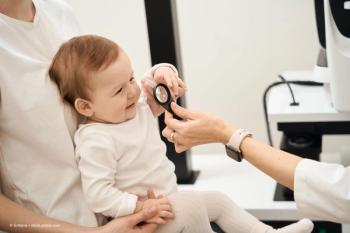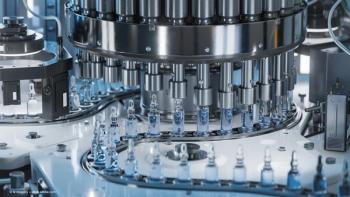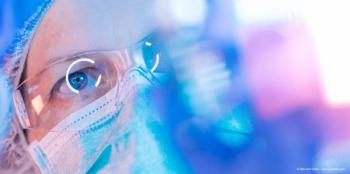
Frank Holz, MD, FEBO, FARVO, highlights new treatment developments at EURETINA
The EURETINA meeting featured new treatments in gene therapy and innovative implants to enhance patient quality of life.
Frank Holz, MD, FEBO, FARVO, a retina specialist from Bonn, Germany, discusses the EURETINA meeting, highlighting groundbreaking advancements in retinal disease treatments. With a record attendance of over 11,000, the conference showcased innovative approaches like gene therapy and a new 2x2mm implant for geographic atrophy. Holz emphasizes the potential of these treatments to improve patients' quality of life by addressing chronic, progressive eye conditions that previously had limited therapeutic options.
Editor's note: This transcript has been lightly edited for clarity.
Frank Holz, MD, FEBO, FARVO: Hi. My name is Frank Holz. I'm a retina specialist based in Bonn, Germany, and I'm enthusiastic about the EURETINA meeting this year, which has a record attendance of more than 11,000 attendees. So it's a huge attraction, and it covers all the fields of retinal diseases.
There are so many highlights, and most exciting and impressive to me, how many pipelines there are for new treatments to avoid blindness. So EURETINA is now a marketplace. There was a meeting on the Wednesday called the EURETINA Innovation Spotlight. There are payers, there are investors, there are biotech, there's big pharma, there's device industry. So it's a really fantastic opportunity to network and bring things forward.
There are actually many compelling new developments, and maybe I wish to highlight gene therapy, which would be a one-and-done treatment, and we're dealing with chronic, progressive diseases in the elderly and repetitive treatments, say, every month or every 2 months; it's just a huge burden. So gene therapy holds the potential to do a once-and-done treatment, which lasts for a lifetime.
With geographic atrophy, the advanced form of dry AMD, is a huge unmet need. There are so many patients coming up with the demographics and the longevity. We see more and more patients, and there has been, until recently, no treatment to improve anything in terms of their function, their abilities to read, to recognize faces, and so forth.
The achievement previously was pharmacological treatment, which slows down the progression, the expansion of the atrophic areas in the retina. But now with this device, a 2-by-2-millimeter implant, which for the first time restores visual acuity in those patients who are so advanced that they have lost completely their central portion, their central vision, in their retina.
Evolution has brought the retina forward; in former species, it was part of the brain. Of course, it's more handy to have movable eye globes and focus on things that you want to see, but the retina is a highly specialized biocomputer consisting of millions of neuronal cells with a very delicate architecture. And this is why, for quality of life, if you lose your light-sensitive cells, the photoreceptors, as in geographic atrophy, it's really dismal to be affected patients.
Newsletter
Keep your retina practice on the forefront—subscribe for expert analysis and emerging trends in retinal disease management.















































